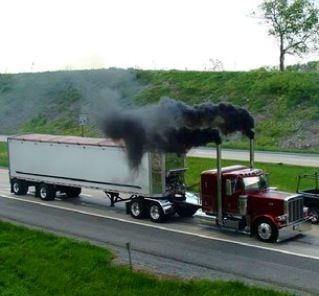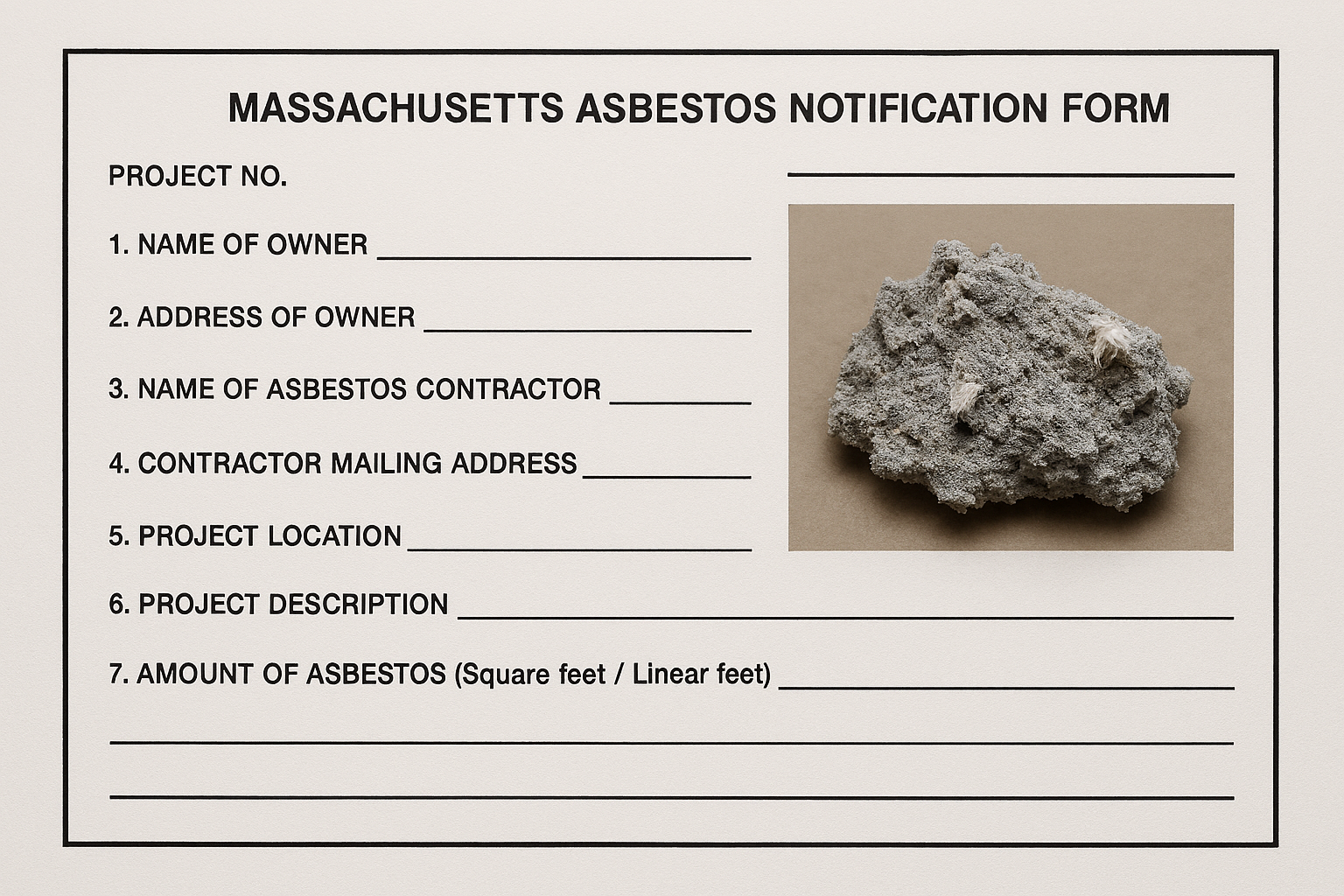The particulate matter consists of microscopic particles and liquid droplets which are small enough to be inhaled and retained in the lungs. The particles have attached chemicals which include unburned fuel, oil, polycyclic aromatic hydrocarbons, and thousands of other compounds.
So, given the fact that diesel fume is such a complex mixture of contaminants, how does one go about sampling for it? The answer is not simple, and doesn’t involve testing for a single analyte, but rather involves testing for a variety of compounds. The following presents a breakdown of the types of airborne materials that are assessed during the course of a diesel fume evaluation, along with a corresponding sampling method:
Elemental carbon
A chief constituent of diesel fume is elemental carbon. Diesel particles consist of an elemental carbon core that have various compounds adsorbed onto the surface, along with various metals, nitrates, and sulfate. These particles are incredibly small – the majority of diesel particles range in size from 0.005-0.05 µm in diameter. The danger of these particle pose lies in the fact that they can penetrate deep into the lungs, where adsorbed compounds can be transferred to the blood.
The EPA has established an Inhalation Reference Concentration (RfC) for diesel particulate matter (DPM). An RfC is an estimate of how much exposure can take place without an appreciable negative health effects. The EPA estimates that the RfC for diesel particulate is 5 µg/m3 as a 24-hour average.
Concentrations of elemental carbon can be measured through the analysis of air samples collected onto heat-conditioned 37 mm quartz fiber filters in standard 3-piece cassettes. The laboratory analytical results are then compared to the 5 µg/m3 value.
Carbon Monoxide
As with any process that involves incomplete combustion, carbon monoxide is generated during diesel engine operation. The EPA National Ambient Air Quality Standard for carbon monoxide (CO) is 9 ppm. ASHRAE quotes this standard in their 62.1 Indoor Air Quality Standard. Carbon monoxide concentrations above 5 ppm would be considered a trigger condition, which means to investigate, eliminate, and control the source (D. Jeff Burton IAQ and HVAC Handbook 2002). In most indoor environments the CO level is non detectable.
During a diesel assessment, carbon monoxide can be measured using an indoor air quality monitor such as a TSI QTrak, a 4 gas meter, or similar device.
Ultrafine Particles
Ultrafine particles (UFPs) are particles that are smaller than 0.1 µm in diameter. During a diesel assessment, UFPs are measured using a real-time monitor. This helps to see trends in UFP levels throughout the day as activities and conditions change. Further, in situations where diesel exhaust is present, it can usually be safe to assume that concentrations of UFPs are directly linked to concentrations of diesel particulate in the air at a given time. We can also trace where diesel particulate may be infiltrating into a building using a particle counter.
Aldehydes
Aldehydes are of particular importance since they make up a good portion of the gaseous fraction of diesel exhaust. The aldehyde found in highest concentrations is formaldehyde, followed by acetaldehyde. These compounds, along with other aldehydes, are probable carcinogens and cause non-cancerous health effects. Aldehyde concentrations can be measured through the analysis of Assay Technology Diffusion Badges and treated sampling tubes.
Nitrous Gases
Due to the lean-burning nature of diesel engines, along with the extremely high pressures and temperatures involved in the combustion process, diesel engines emit a significant product of gaseous nitrogen oxides (NOx). Thus, real-time readings for concentrations for nitrous gases are measured at various times during a diesel exposure assessment.
Volatile Organic Compounds (VOCs)
During the production of diesel particulate, volatile organic compounds adsorb onto the extremely small carbon nucleus. Studies have discovered the presence of n-alkanes, n-alkanoic acids, and polycyclic aromatic hydrocarbons (PAHs). Total VOCs can be measured by using a photoionization detector. Or, if information related to specific VOCs is desired, a bulk air sample collected using an evacuated canister can be analyzed by gas chromatography.
Professional Assistance
In short, assessing diesel fume exposure is a complicated process and involves the analysis of diverse sets of data. Further, not only is it important to assess the contaminants, but also to evaluate the HVAC and engineering controls in place in order to understand why the exposure is occurring in the first place, and to determine options to mitigate it.
Just as important as collecting good information is the ability to analyze and assess this information. A fully qualified Certified Industrial Hygienist or indoor air quality consultant should review the data, assess exposure risks, and make recommendations regarding potential health impacts and possible engineering solutions. Cashins & Associates has conducted many industrial hygiene assessments such as this and can provide both the expertise related to the collection of the samples as well as the knowledge to interpret and advise. We are Health and Safety for your People... and Your Property!





